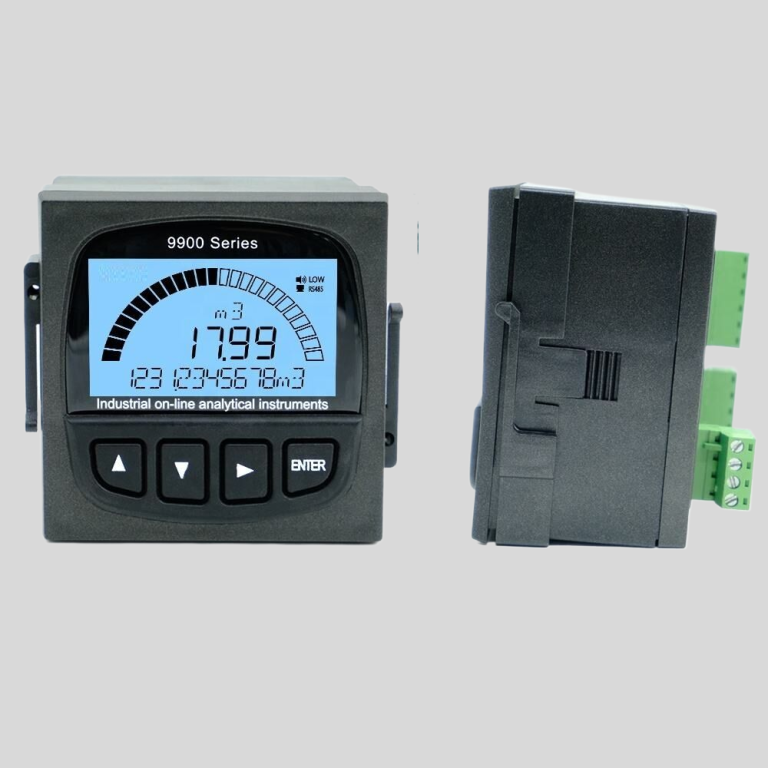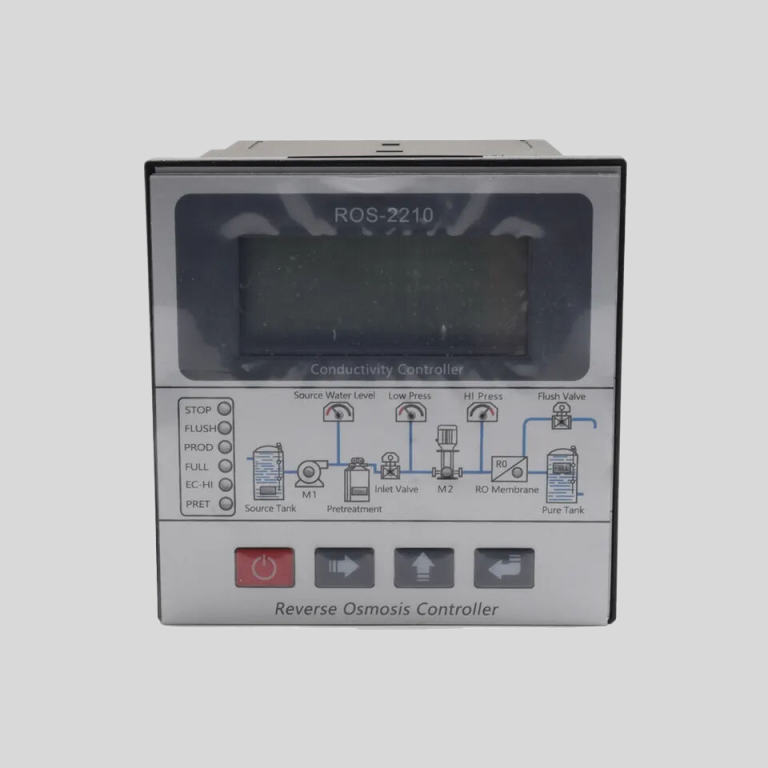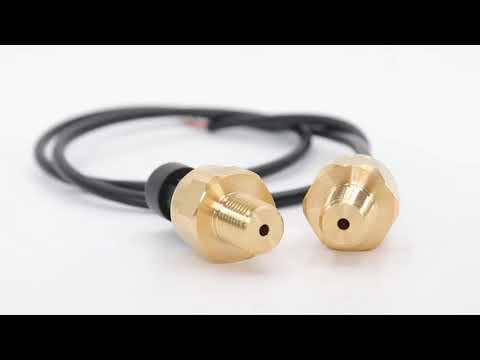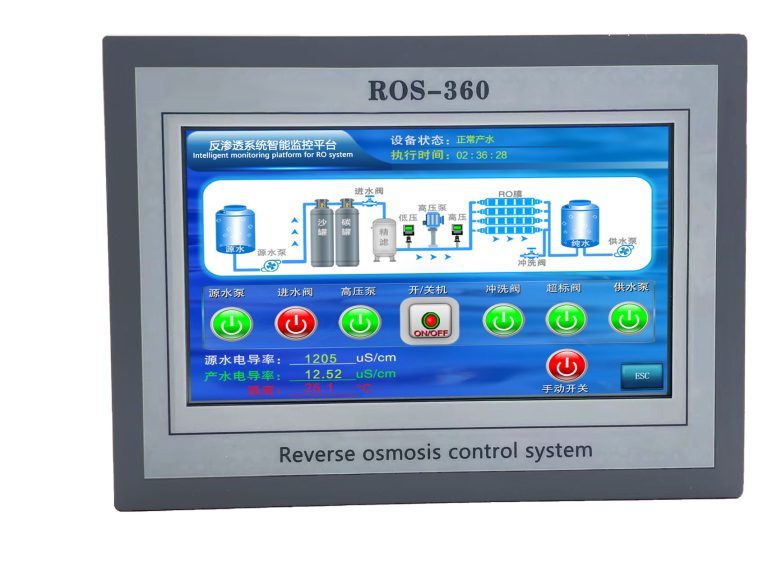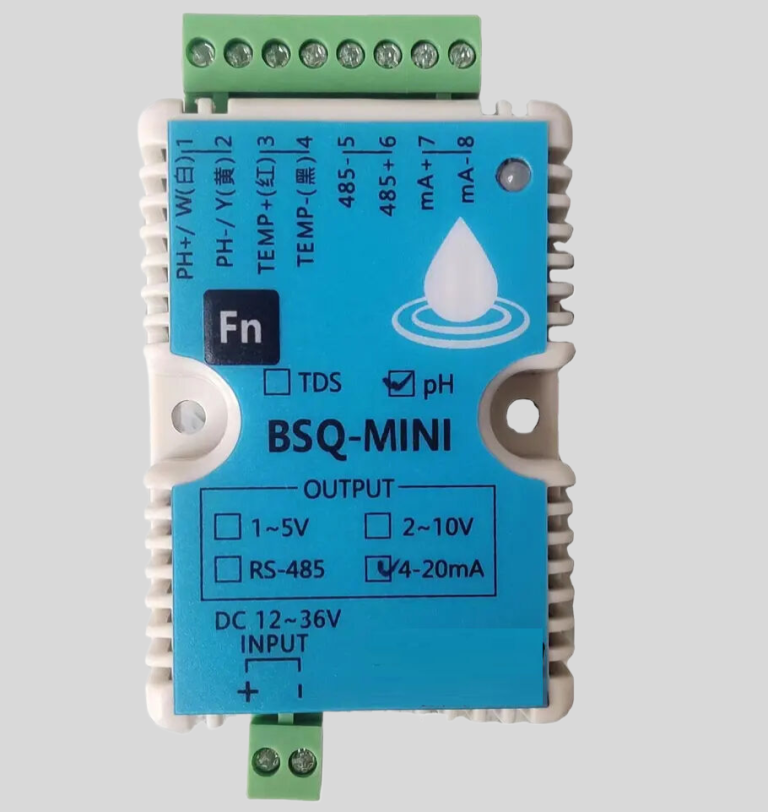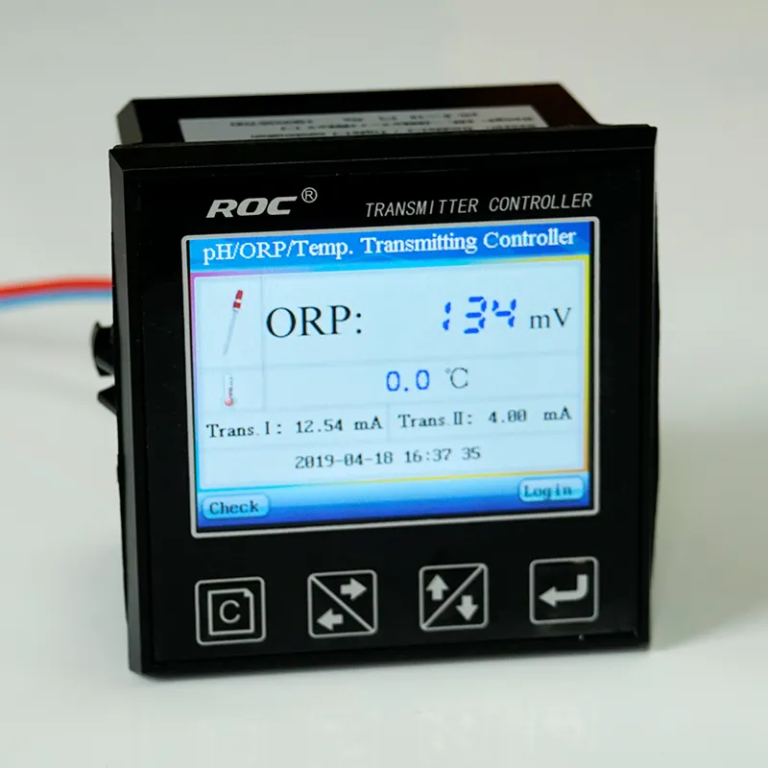Table of Contents
Benefits of Using a turbidity meter for Water Quality Testing
A turbidity meter is a device used to measure the cloudiness or haziness of a liquid. In the context of water quality testing, turbidity meters are essential tools for assessing the cleanliness and purity of water. Turbidity is caused by suspended particles in the water, such as silt, clay, organic matter, and microorganisms. These particles can affect the clarity of the water and can also serve as a breeding ground for harmful bacteria and pathogens.

One of the key benefits of using a turbidity meter for water quality testing is that it provides a quick and accurate way to assess the level of suspended particles in the water. By measuring the turbidity of a water sample, researchers and water quality professionals can determine the overall cleanliness of the water and identify any potential sources of contamination. This information is crucial for ensuring that water is safe for consumption and meets regulatory standards for quality.
Another benefit of using a turbidity meter is that it allows for real-time monitoring of water quality. Turbidity levels can fluctuate throughout the day due to factors such as rainfall, runoff, and erosion. By regularly measuring turbidity levels, water quality professionals can track changes in water quality over time and identify trends that may indicate potential issues with contamination or pollution. This proactive approach to monitoring water quality can help prevent waterborne illnesses and protect public health.
In addition to monitoring water quality, turbidity meters can also be used to assess the effectiveness of water treatment processes. High turbidity levels can interfere with the disinfection process and reduce the effectiveness of treatments such as chlorination and filtration. By measuring turbidity before and after treatment, water treatment plants can ensure that their processes are removing suspended particles and producing clean, safe drinking water.
turbidity meters are also valuable tools for conducting research and studying the impact of human activities on water quality. By measuring turbidity in different water bodies, researchers can assess the health of aquatic ecosystems, track the movement of pollutants, and identify areas that may be at risk for contamination. This information can help inform conservation efforts, watershed management strategies, and pollution prevention initiatives.
Overall, turbidity meters play a crucial role in ensuring the safety and quality of our water supply. By providing accurate and reliable measurements of suspended particles in water, turbidity meters help to identify potential sources of contamination, monitor changes in water quality over time, assess the effectiveness of water treatment processes, and support research and conservation efforts. With the increasing pressures of population growth, urbanization, and climate change on our water resources, turbidity meters are essential tools for protecting public health and preserving the environment for future generations.
How to Choose the Right turbidity meter for Your Needs
turbidity meters are essential tools used in various industries to measure the clarity of liquids by determining the amount of suspended particles present. These particles can include sediment, silt, and other impurities that can affect the quality of the liquid being tested. turbidity meters are commonly used in water treatment plants, environmental monitoring, and industrial processes to ensure that the liquid being tested meets specific quality standards.
When choosing a turbidity meter for your needs, there are several factors to consider to ensure that you select the right instrument for your application. One of the most important factors to consider is the measurement range of the turbidity meter. Different turbidity meters have different measurement ranges, so it is essential to choose a meter that can accurately measure the turbidity levels of the liquid you are testing.
Another important factor to consider is the accuracy of the turbidity meter. The accuracy of the meter will determine how reliable the measurements are, so it is crucial to choose a meter with a high level of accuracy. Additionally, consider the resolution of the turbidity meter, which refers to the smallest change in turbidity that the meter can detect. A meter with high resolution will provide more precise measurements, which can be crucial in certain applications.
The type of light source used in the turbidity meter is also an essential factor to consider. turbidity meters can use either white light or infrared light sources to measure turbidity. White light sources are typically used for low to medium turbidity levels, while infrared light sources are used for high turbidity levels. Consider the turbidity levels of the liquid you will be testing to determine which type of light source is most suitable for your needs.
The design and construction of the turbidity meter are also important factors to consider. Choose a meter that is durable and easy to use, with a user-friendly interface that allows for quick and accurate measurements. Additionally, consider the size and portability of the meter, especially if you will be using it in different locations or environments.
| Model | pH/ORP-810 pH/orp meter |
| Range | 0-14 pH; -2000 – +2000mV |
| Accuracy | \u00b10.1pH; \u00b12mV |
| Temp. Comp. | Automatic temperature compensation |
| Oper. Temp. | Normal 0\uff5e50\u2103; High temp 0\uff5e100\u2103 |
| Sensor | pH double/triple sensor; ORP sensor |
| Display | LCD Screen |
| Communication | 4-20mA output/RS485 |
| Output | High/Low limit dual relay control |
| Power | AC 220V\u00b110% 50/60Hz or AC 110V\u00b110% 50/60Hz or DC24V/0.5A |
| Working Environment | Ambient temperature:0\uff5e50\u2103 |
| Relative humidity\u226485% | |
| Dimensions | 96\u00d796\u00d7100mm(H\u00d7W\u00d7L) |
| Hole Size | 92\u00d792mm(H\u00d7W) |
| Installation Mode | Embedded |
When choosing a turbidity meter, it is also essential to consider any additional features or capabilities that may be beneficial for your specific application. Some turbidity meters come with built-in data logging capabilities, which allow you to store and analyze measurement data over time. Others may have automatic calibration features or the ability to connect to a computer for data transfer and analysis.
In conclusion, choosing the right turbidity meter for your needs requires careful consideration of several factors, including measurement range, accuracy, resolution, light source, design, and additional features. By taking the time to research and compare different turbidity meters, you can ensure that you select the best instrument for your specific application. A high-quality turbidity meter will provide accurate and reliable measurements, helping you to maintain the quality and clarity of the liquids you are testing.

